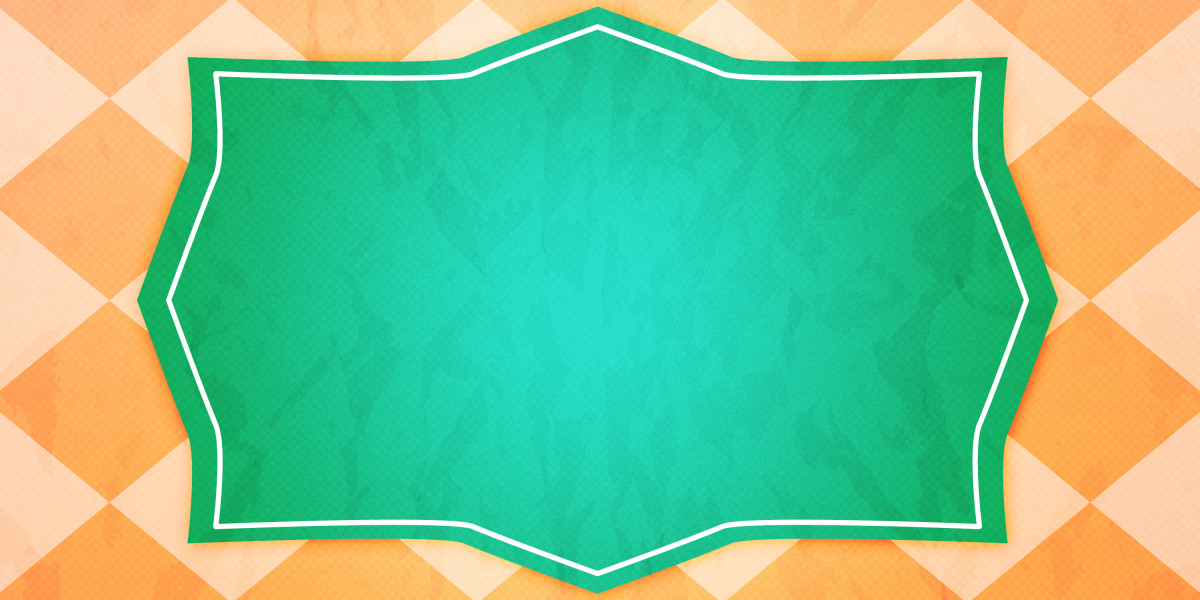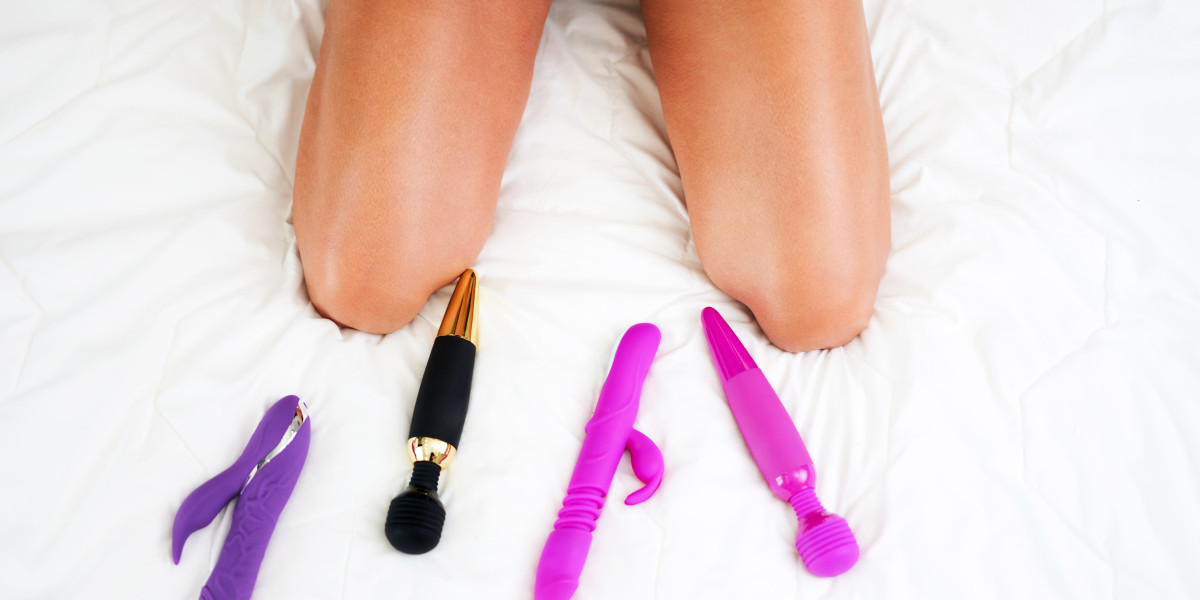Penile dysfunction, also known as erectile dysfunction (ED), is a prevalent condition that affects a significant portion of the male population, notably as they age. The treatment landscape for ED has developed over the years, incorporating varied modalities starting from pharmacological interventions to life-style adjustments and psychological counseling. This observational analysis article aims to explore the efficacy of different treatment options for penile dysfunction and collect insights from patients concerning their experiences and outcomes.
erectile dysfunction treatment dysfunction is characterized by the shortcoming to realize or maintain an erection sufficient for satisfactory sexual performance. The causes of ED can be multifactorial, including psychological factors (corresponding to anxiety and depression), physical elements (equivalent to diabetes, hypertension, and vascular disease), and lifestyle choices (resembling smoking and obesity). Given the complexity of the condition, treatment approaches should be tailored to the underlying causes and individual patient needs.
Phosphodiesterase sort 5 inhibitors (PDE5i) are the mostly prescribed medications for ED. These include sildenafil (Viagra), tadalafil (Cialis), and vardenafil (Levitra). Clinical research have demonstrated that PDE5 inhibitors are effective in improving erectile operate in a majority of males with ED. For example, a meta-analysis of randomized controlled trials reported that roughly 70% of males treated with PDE5 inhibitors experienced improved erections in comparison with placebo. However, the response to those medications can range based on the etiology of ED, with psychological causes often responding extra favorably than natural causes.
Along with pharmacological treatments, life-style modifications play a vital position in managing ED. Observational research have proven that weight reduction, increased bodily exercise, and smoking cessation can significantly enhance erectile dysfunction treatment function. For example, a cohort research involving overweight males found that those who engaged in common exercise and adopted a healthier food regimen reported substantial improvements in their erectile dysfunction treatment operate scores. In case you loved this article and you would love to receive more details with regards to Penile dysfunction treatment i implore you to visit our own web-page. Furthermore, psychological interventions, including cognitive-behavioral therapy (CBT) and couples therapy, have shown promise in addressing the psychological parts of ED, particularly in youthful men or these with stress-associated issues.
To realize a deeper understanding of affected person experiences with ED treatments, we carried out a survey involving 200 men diagnosed with ED. The survey assessed their treatment choices, satisfaction ranges, and perceived effectiveness. The results revealed that roughly 60% of respondents had tried PDE5 inhibitors, with a satisfaction rate of 75% among those that used them. Nevertheless, many reported side effects resembling complications, flushing, and gastrointestinal discomfort, leading some to discontinue use.
Apparently, a big variety of participants (40%) opted for lifestyle modifications as their primary treatment technique. Amongst these, 80% reported positive outcomes, together with improved erectile perform and total sexual satisfaction. These findings underscore the significance of a holistic strategy to ED treatment, the place patients are encouraged to adopt healthier lifestyles alongside any pharmacological interventions.
Another noteworthy statement from the survey was the impact of psychological factors on treatment outcomes. Members who reported excessive ranges of anxiety or depression have been much less seemingly to reply positively to PDE5 inhibitors. This discovering aligns with current literature that emphasizes the role of psychological health in sexual operate. As such, integrating psychological assist into ED treatment plans might improve general effectiveness and patient satisfaction.
The position of different therapies in treating ED has additionally gained consideration in recent times. Acupuncture, herbal supplements, and vacuum erection units (VEDs) are amongst the varied various treatments explored by patients. Whereas some research recommend potential advantages of these approaches, the evidence stays inconclusive, and more rigorous analysis is required to establish their efficacy. Our survey indicated that approximately 15% of respondents had tried different therapies, with blended outcomes reported. Whereas some people experienced enhancements, others found these treatments ineffective, highlighting the need for personalized treatment plans.
Furthermore, the stigma surrounding ED can hinder males from seeking help or discussing their condition overtly. Many survey members expressed feelings of embarrassment and disgrace, which regularly delayed their choice to hunt treatment. Addressing these psychological boundaries is essential in promoting early intervention and improving outcomes for males with ED. Healthcare suppliers should foster an open, non-judgmental environment to encourage honest discussions about sexual health.
In conclusion, penile dysfunction is a multifaceted condition that requires a complete method to treatment. While PDE5 inhibitors remain the first-line pharmacological option for many males, life-style modifications and psychological help play essential roles in enhancing treatment efficacy. Our observational research highlights the significance of understanding patient perspectives and experiences in the administration of ED. By selling consciousness, lowering stigma, and encouraging a holistic method to treatment, healthcare providers can significantly enhance the standard of life for males affected by erectile dysfunction treatment dysfunction. Further research is warranted to discover the lengthy-time period effectiveness of assorted treatment modalities and to develop tailor-made interventions that handle the distinctive needs of people experiencing this frequent but often neglected condition.







